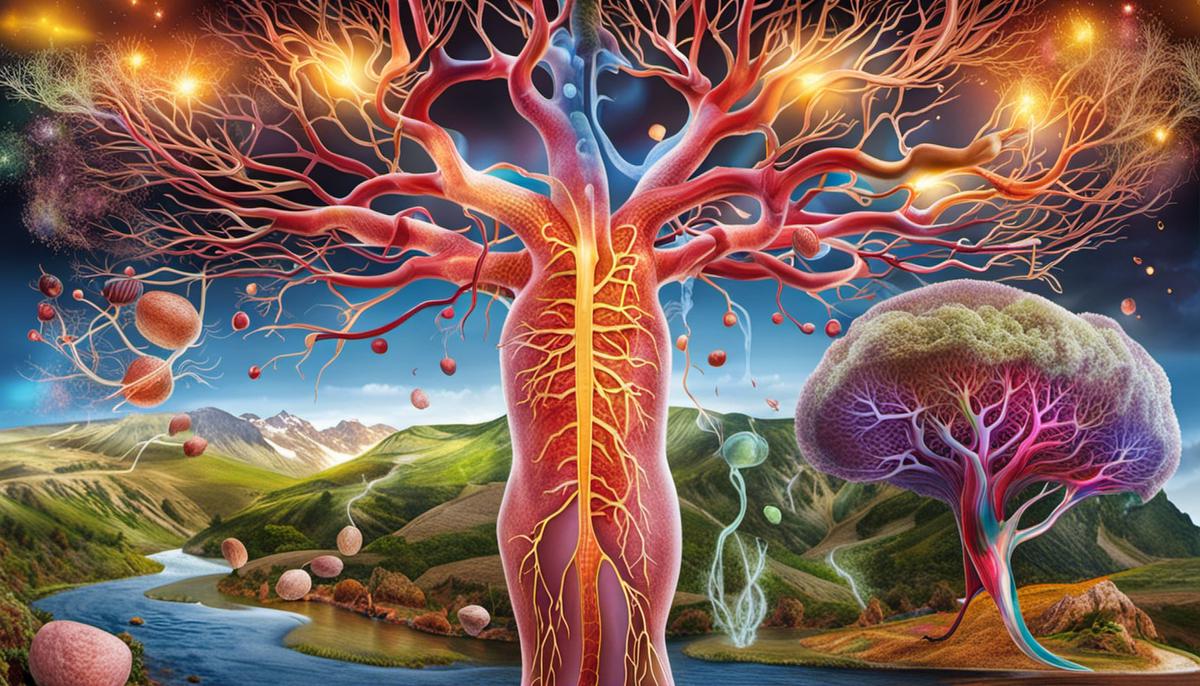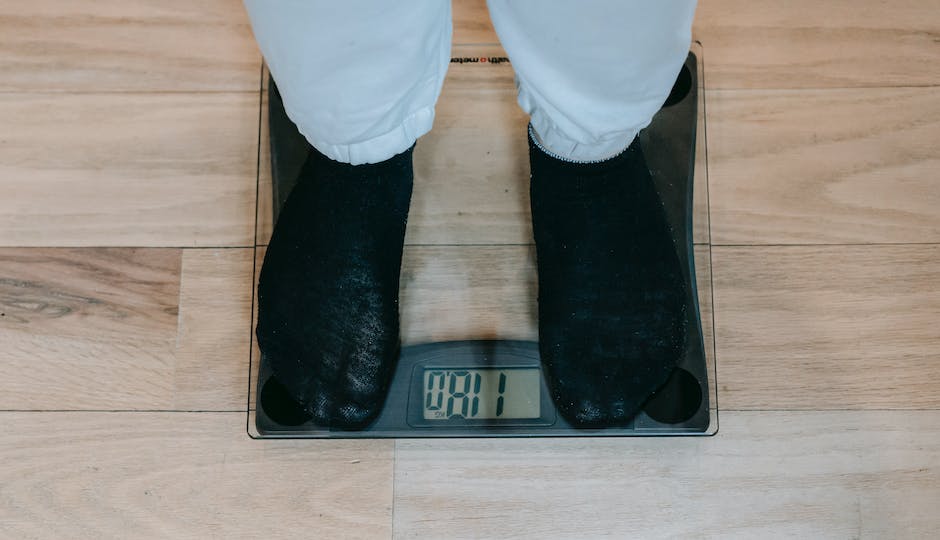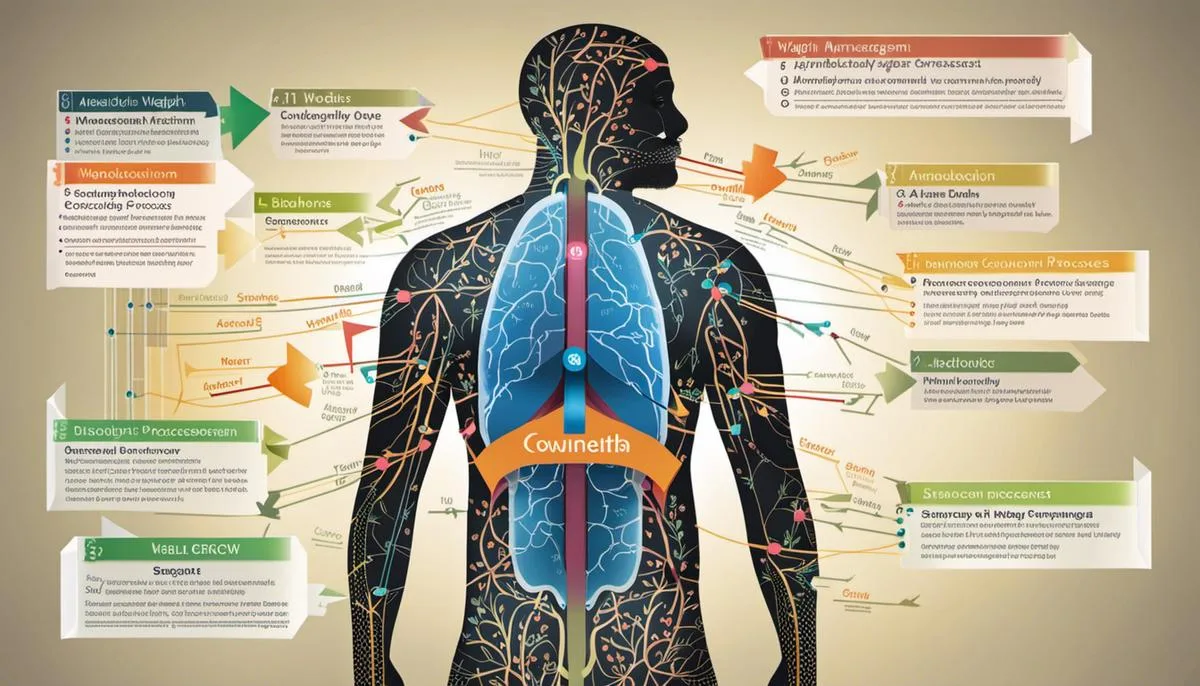In the modern world where quick fixes and shortcuts often overshadow the importance of a healthy lifestyle, understanding the fundamentals of weight loss can sometimes feel overwhelming. To make informed and sustainable choices for our health, we must first deepen our knowledge about our own bodies, specifically our metabolism. We must also learn how various elements like diet, exercise, and even our mental state can play key roles in our weight loss journey. This knowledge aids us in creating nutrition plans that are not only beneficial for weight loss but focus on our overall health. Additionally, effective exercise routines specially tailored to our needs and abilities can take us closer to our weight loss objectives. Finally, maintaining a strong motivation and consistent effort forms the cornerstone of any successful weight loss regimen. With the right understanding and strategies, rapid weight loss not only becomes achievable but also manageable and healthy in the long term.
Understanding Your Body’s Metabolism
Metabolism is a biological process that transforms the food you eat into the energy your body needs to function. Your body’s metabolism consists of two main processes: catabolism, which breaks down nutrients to produce energy, and anabolism, which builds up components the body needs. When talking about weight loss, we typically focus on the role of catabolism.
The Role of Calories in Weight Management
Calories are a measure of energy. Every food item you consume contains a certain amount of calories. Protein and carbohydrates have roughly 4 calories per gram each, while fat is more calorie-dense with around 9 calories per gram. Your body uses these calories to fuel physical activity, maintain body temperature, and support all cell functions. If you consume more calories than your body needs, the excess calories are stored as fat, causing weight gain. To lose weight, you need to create a calorie deficit by consuming fewer calories than your body burns each day.
The Importance of Macronutrients
Macronutrients are the main types of nutrients your body requires. They consist of carbohydrates, proteins, and fats. Each plays a unique role in your body and has a different impact on weight management.
- Carbohydrates: Carbohydrates are your body’s main source of energy. Simple carbohydrates, like sugars, are quickly absorbed, causing a rapid spike and then dip in blood sugar. This can lead to hunger and overeating. Complex carbohydrates, like whole grains, are digested more slowly, keeping you fuller for longer.
- Proteins: Proteins are the building blocks of muscles, enzymes, and many hormones. Consuming sufficient protein is essential for muscle preservation and growth, particularly during weight loss.
- Fats: Fats play a vital role in the absorption of some vitamins and the production of hormones. Although high in calories, healthy fats like monounsaturated and polyunsaturated fats can help you feel satisfied and reduce overeating.
Energy Expenditure and Weight Loss
Energy expenditure refers to the number of calories your body burns throughout the day. It is made up of three components:
- Basal metabolic rate (BMR): The amount of calories you burn at rest just to keep vital functions going.
- Thermic effect of food (TEF): The calories your body uses to digest, absorb, and process the food you eat.
- Physical activity energy expenditure: The calories you burn through physical activity, including both formal exercise and daily activities.
To create a calorie deficit for weight loss, you can either increase your energy expenditure by being more physically active, or decrease your calorie intake. It’s usually most effective to do a combination of both.
Understanding the metabolic processes of your body and the roles of calories and macronutrients can help you create an effective weight management plan, contributing towards your goal to lose weight fast.

Healthy Nutrition for Rapid Weight Loss
Understanding the Role of Diet in Weight Loss
Your diet plays a significant part in weight loss. The food you consume directly affects your energy levels, overall health, and weight. Consuming certain foods and drinks can enhance weight loss. They boost your metabolism, curb your appetite, and satiate your hunger, thereby reducing your overall caloric intake. Foods high in fiber, lean protein, and healthy fats, along with low-sugar beverages, are among the best choices for rapid weight loss.
The Importance of Portion Control in Weight Loss
Portion control is key to losing weight fast because it directly affects calorie intake. Overeating, even if it’s healthy food, will still lead to weight gain. Therefore, understanding appropriate portion sizes can help you reach your weight loss goals faster. You can use measuring cups or a food scale to ensure accurate portion sizes, or use visual cues – for instance, a fist or a handful or a deck of cards – to estimate portions without tools.
Achieving Nutritional Balance for Weight Loss
A well-balanced diet is another critical aspect of weight loss. No particular food group should be excluded completely, as your body needs a variety of nutrients to function optimally. Ensure your meals include a good balance of proteins, carbs, and unsaturated fats. Also, incorporate plenty of fruits, vegetables, lean meats, whole grains, and low-fat dairy into your diet. Be cautious with high sugar foods, which can inhibit your weight loss efforts.
Hydration and Weight Loss
Staying hydrated is an often underrated aspect of weight loss. Water aids digestion, boosts metabolism, and can even diminish hunger. Drinking a glass of water before meals can make you feel fuller and help you eat less. Therefore, strive to drink eight 8-ounce glasses of water per day for optimal hydration. Replacing sugary sodas or juices with water can also significantly reduce your calorie intake.
Crafting a Healthy Grocery List
Your grocery list should reflect your weight loss goals. Include plenty of fresh fruits and vegetables, lean proteins, whole grains, and low-fat dairy. Limit processed foods and those high in sugar or unhealthy fats. Remember to check food labels for hidden sugars or unhealthy ingredients.
Planning Meals for Weight Loss
Meal planning can make or break your weight loss efforts. By planning your meals ahead of time, you not only ensure you’re eating a balanced diet but also manage portion sizes. Regularly spacing your meals can also prevent overeating. Try to include a source of protein, fiber, and healthy fats in each meal to keep you satiated throughout the day.
These guidelines can provide a comprehensive plan for healthy nutrition aimed at rapid weight loss. Remember, though, that weight loss should be gradual and sustainable. Rapid weight loss can sometimes lead to health problems. It’s always best to consult a healthcare professional before starting any weight loss plan.

Effective Exercise Routines for Weight Loss
Exercise Type: Cardio
Cardiovascular exercises, often referred to simply as “cardio,” is an essential part of any weight loss routine. It includes any type of exercise that increases your heart rate, like running, swimming, biking, or using an elliptical machine. Participants should aim for at least 150 minutes of moderate-intensity cardio exercise or 75 minutes of vigorous-intensity exercise every week, according to the American Heart Association. Be mindful, though, of pushing yourself too hard too quickly. It’s essential to increase the intensity and duration of your cardio gradually to prevent injuries.
Exercise Type: Strength Training
Strength training exercises are another crucial aspect of an effective weight loss routine. These exercises make the body work against a force, with the force often being the body’s own weight. They build up muscle mass, which increases your metabolic rate and helps you to burn calories more efficiently. Some strength training exercises include lifting weights, performing push-ups and squats. Aim to incorporate strength training into your routine at least two days per week.
Exercise Type: High-Intensity Interval Training (HIIT)
High-Intensity Interval Training employs intense bursts of exercise followed by short periods of rest or lower-intensity exercise. Research shows that HIIT can be highly effective in losing weight quickly. An example of HIIT could be sprinting for 30 seconds followed by 30 seconds of walking. This cycle repeats for 10-20 minutes. Because of its intensity, HIIT should not be performed daily. Start off by doing one HIIT session per week.
Exercise Type: Flexibility and Balance Exercises
Stretching, yoga, tai chi, and Pilates are examples of flexibility and balance exercises. While these exercises do not burn a significant amount of calories, they are critical for maintaining mobility and preventing injuries. Balance and flexibility workouts can be done every day, but it’s recommended to aim for at least two to three sessions per week.
Designing Personalized Exercise Routine
When designing an exercise routine, it’s crucial to accommodate your physical abilities and personal goals. Prioritize cardio exercises if quick weight loss is the goal, while strength training exercises can help with gradual weight loss while toning the body. Incorporate exercises from every category mentioned above to create a well-rounded routine.
Exercise alone will not guarantee quick weight loss. It’s vital to combine exercise with a healthy eating plan. Consuming fewer calories than you burn is the simplest way to lose weight. A range of 1,200-1,500 calories per day for women and 1,500-1,800 calories per day for men is usually recommended for weight loss goals.
Finally, consistency is key in maintaining an exercise routine. Find exercises that you enjoy doing and vary the routine to keep it engaging. An effective routine should not only improve your physical health but also boost your mental wellbeing.

Maintaining Motivation and Consistency
Setting Realistic Weight Loss Goals
To lose weight faster, it is essential to set realistic goals. Set goals because they will lead you on your journey of losing weight. Aim to lose 1-2 pounds per week. Despite the appeal of losing weight faster, weight loss at this rate is more likely to be sustained long-term.
Start by calculating how many calories you need each day to maintain your current weight, and then reduce that number to achieve weight loss. You can use online calorie calculators to assist in this. Always remember that drastic reduction of calorie intake can be harmful rather than beneficial.
Next, plan your diet and adjust your lifestyle. To achieve your goal, you might need to make some changes. For example, drinking water instead of soda or walking for 30 minutes every day can have a dramatic impact on your weight.
The Importance of Consistency and Motivation
Consistency is key in a successful weight loss journey. Keep track of your progress. Use a diary or a mobile app. Noting down your weight and your food intake can provide a reality check and keep your motivation high.
To stay motivated, remember your ‘why’. Why do you want to lose weight? To feel better? For your kids? Revisit this reason often to keep your targets in perspective and sustain motivation over time. Celebrate small victories to keep your morale high. If you have lost a few pounds, reward yourself (but not with food!).
The Role of Self-Care and Mental Health in Weight Loss
Acknowledge the role of mental health in your weight loss journey. Stress, anxiety, and depression can lead to unhealthy eating habits and weight gain. Prioritize self-care. It can be as simple as getting enough sleep, or taking time to relax and do things you enjoy.
Mindfulness can also help. This includes being conscious of what, where, and why you’re eating. It’s not only about what you put in your mouth, but also your mental well-being. For example, practicing mindful eating helps pay attention to your food and recognize when you’re full.
Lastly, if you experience emotional stress, it’s crucial to seek professional help and not resort to emotional eating. This doesn’t help your body or your mind. The critical point in your weight loss journey should be about maintaining good mental health. Weight loss will follow.

Ultimately, weight loss isn’t just about achieving a number on the scales or fitting into a specific dress size. It’s about fostering a healthier way of life for yourself – understanding your body’s metabolism, incorporating a nutritious diet, adopting effective exercise routines and maintaining motivation throughout the process. By setting realistic goals and celebrating each milestone, we can create an approach that not only leads to weight loss but also fosters improved overall health and well-being. Rather than trying to change everything at once, it’s about making small changes that over time lead to big results. In the end, it’s not just about the weight you lose but the life you gain.
Writio: The AI-powered content writer for websites and blogs. This article was artfully crafted by Writio.
Thank you for reading this post, don't forget to subscribe to our free newsletter
!
